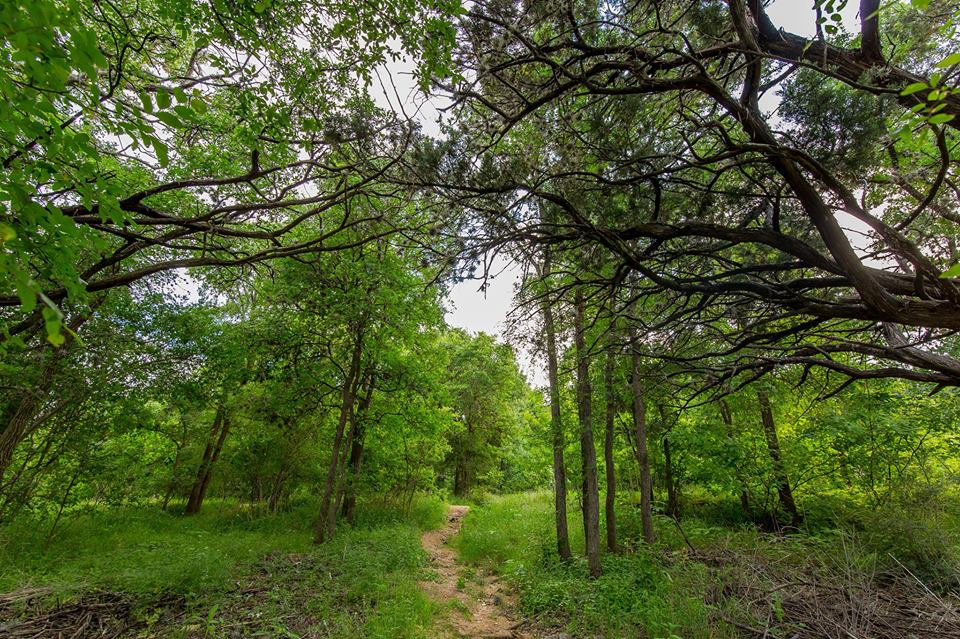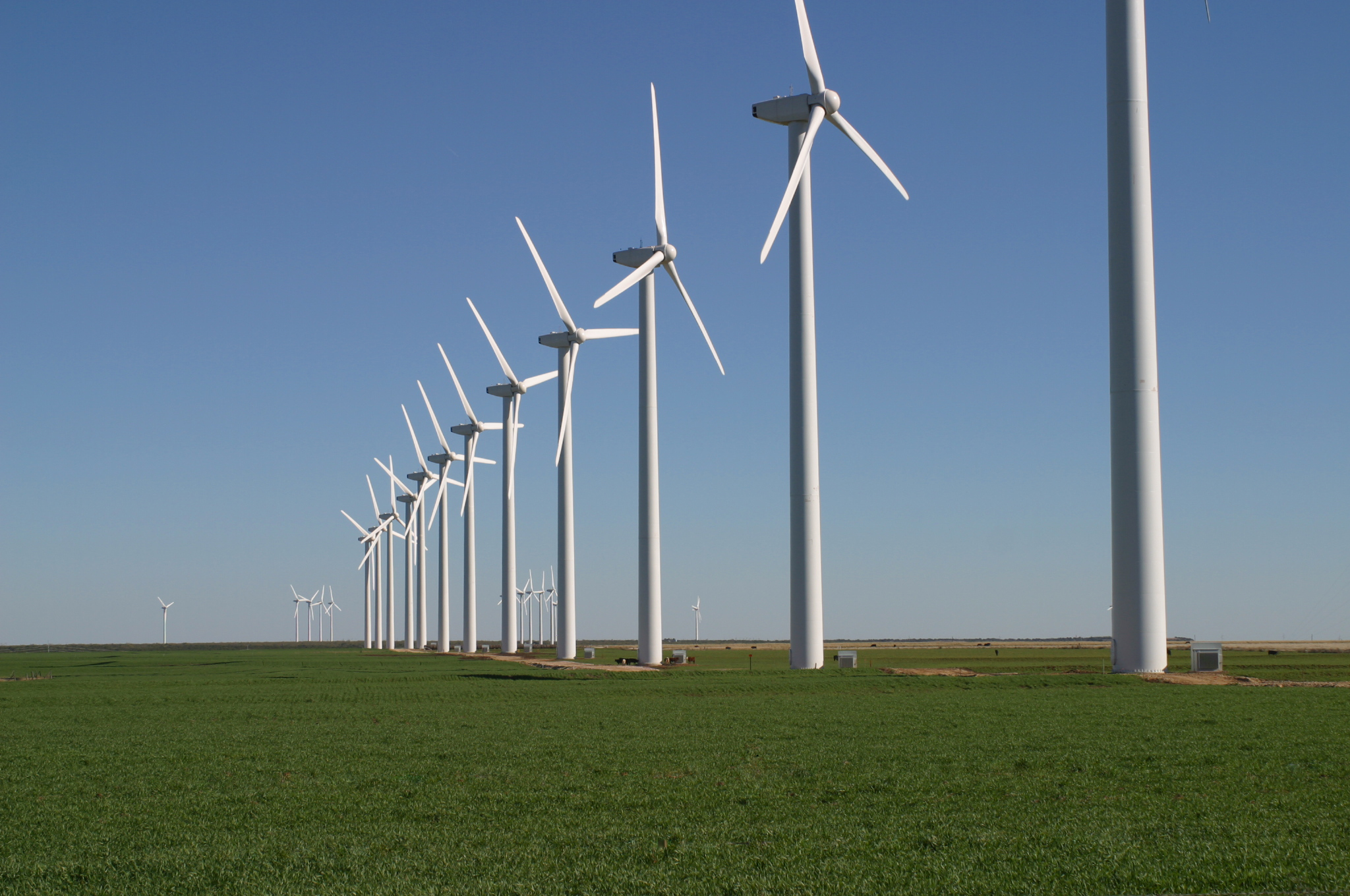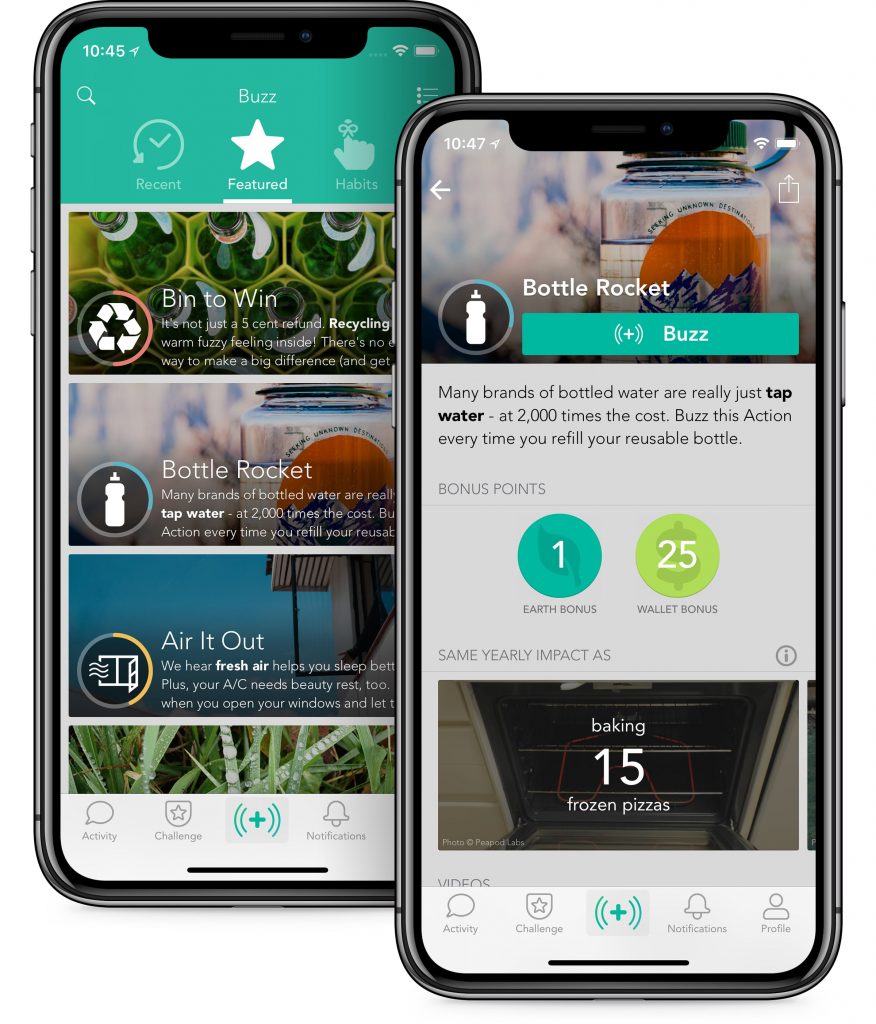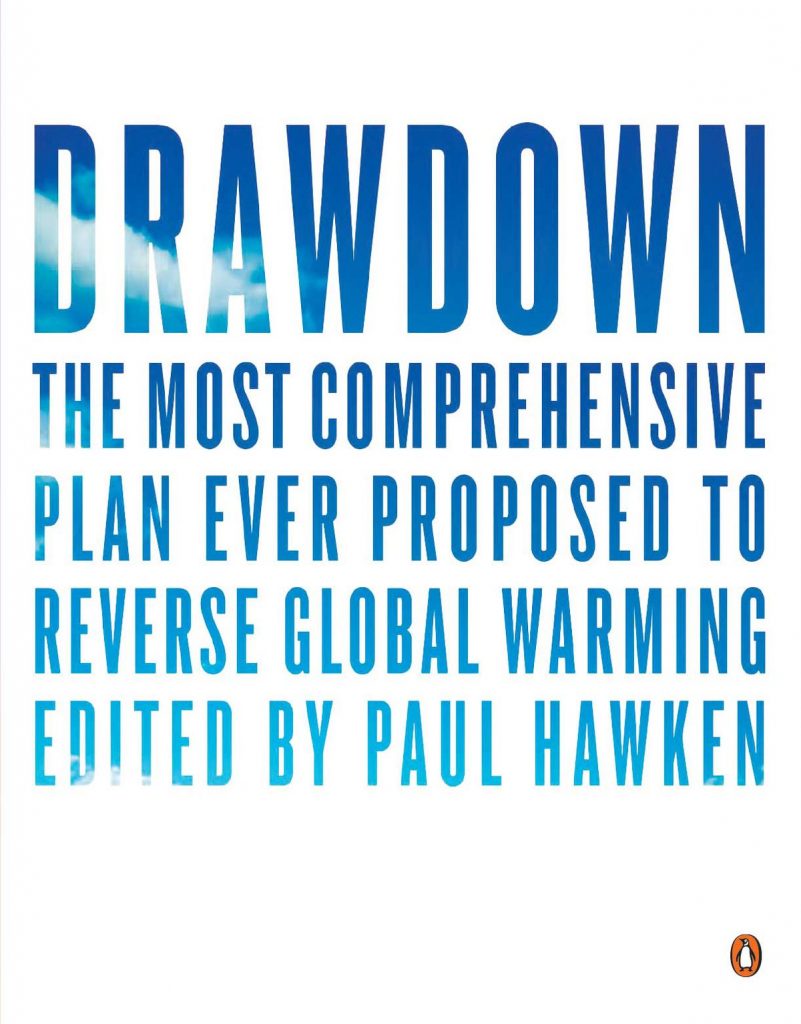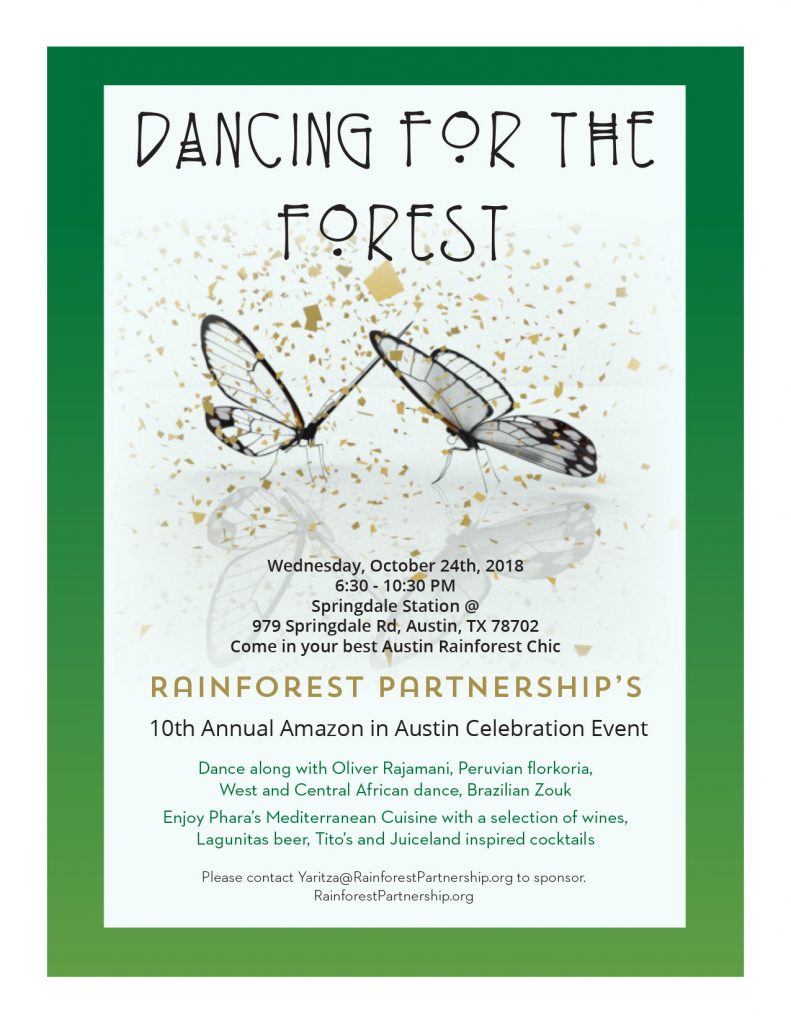Who heard about the bad climate news this week? Who felt hopeless, overwhelmed, and maybe even a little panicked?
You’re not alone.
After all, what are you supposed to do with the information that our climate crisis is coming on faster than we had previously thought? How are you supposed to behave when you hear that we really only have 12 years to dramatically reduce global emissions?
That’s that question I sought to answer this week.
First, let’s start with the basics.
What is all this the doom and gloom climate news I’m been talking about?
Earlier this week, the United Nations Intergovernmental Panel on Climate Change released a new report written by 91 authors from 40 different countries, which analyzed 6,000 different scientific studies.
Here’s what they found:
Some of the worst effects from climate change will come sooner than previously thought (within many peoples’ lifetimes) –
Previously, a lot discussion had focused around estimating the damage if global average temperatures were to rise by 3. 6 degrees Fahrenheit (or 2 degrees Celsius). However, this report found that a lot of damage will likely come sooner, at 2.7 degrees Fahrenheit (or 1.5 degrees Celsius) of temperature increase.
To make matters worse, the world is already more than halfway to the 2.7 degree mark and the current pledges made under the Paris Climate Agreement are not enough to even avoid 3.6 degrees of warming.
The report concludes that if nothing changes, we’ll hit the 2.7 degree mark by 2040, which means that climate change is no longer something that will only affect future generations.
So what are the affects of 2.7 degrees of warming?
- Coral reefs will decline by 70 to 90 percent with 2.7 degrees of warming (as opposed to a complete die-off at 3.6 degrees)
- $54 trillion in damage at 2.7 degrees of warming (and $69 trillion at 3.6 degrees)
- The US, Bangladesh, China, Egypt, India, Indonesia, the Philippines, and Vietnam are each home to least 50 million people who will be affected by increased coastal flooding at 2.7 degrees of warming (at 3.6 degrees, there could be mass migrations because of changes brought on by the climate)
- The likelihood of an Arctic Ocean free of sea ice in the summer would be once per century at 2.7 degrees of warming, versus once per decade at 3.6 degrees
As Hans-Otto Pörtner, co-chair of IPCC Working Group II, said in a press release, “Every extra bit of warming matters, especially since warming of 1.5ºC or higher increases the risk associated with long-lasting or irreversible changes, such as the loss of some ecosystems.”
Action on climate change must happen quickly, and at an unprecedented scale.
The report found that in order to prevent 2.7 degrees of warming, greenhouse gas emissions must be reduced by 45 percent (from 2010 levels) by 2030. That’s in 12 years.
In a press release, one of the IPCC Working Group III’s co-chairs, Jim Skea, said that while achieving this is possible “within the laws of chemistry and physics,” it will “require unprecedented changes.”
This includes a massive amount of political will, as well as participation from individuals and the private sector. In particular, the report stressed the need for some sort of price on carbon (like a carbon tax or cap and trade policy).
“…The next few years are probably the most important in our history,” said Debra Roberts, co-chair of IPCC Working Group II, in a press release.
Woah. That’s a lot of numbers. What does all of this mean?
That’s what I spoke to Niyanta Spelman about. Niyanta is the Founder and CEO of the Rainforest Partnership, a local nonprofit organization that works to protect and regenerate tropical rainforests by working with the people of the forest to develop sustainable livelihoods that empower and respect both people and nature. She is also a longtime climate advocate and has attended the United Nation’s annual climate meetings (also known as COPs or Conference of Parties) as an official observer delegate for the past several years.
It was at one of these COPs several years ago that the landmark Paris Climate Agreement was created. As you might recall, the agreement was the first real global accord on climate change. It was agreed upon in Paris at the end of 2015 (under the Obama administration) and includes individual emission reduction pledges from nearly every country in the world. Under the agreement, the US pledged to cut its greenhouse gas emissions 26 percent below 2005 levels by 2025.
While many experts have argued that Paris was an important first step, this most recent report from the IPCC concludes that the greenhouse gas emission reduction pledges agreed to under the agreement are not enough even to avoid 3.6 degrees of warming.
So what comes next?
As Niyanta explained in our interview, world leaders will once again gather this year for another Conference of the Parties to the United Nations Framework Convention on Climate Change (aka COP24) meeting. This year, it will be held in Katowice, Poland in early December. At this meeting, government representatives and negotiators will undoubtedly be discussing this report, as well as the possibility of advancing the goals of the Paris Agreement at an even quicker pace.
Of course, US President Donald Trump has announced his plans to withdraw the United States from the Paris Agreement, although that can’t happen officially until 2020. With this lack of leadership from the national level, Niyanta says the time is now for everyone to get involved.
“To me, what I’ve been saying in the office is, we’re the ones we’ve been waiting for,” Niyanta said. “….What this is going to do to, this report, it’s going to propel those people who are going to say, we’re in this together. We sink or swim together.”
Niyanta’s advice is this – if you’re feeling overwhelmed or saddened by all of this climate news, take a day to cry, shout, and be angry. That’s okay. But the next day, she says, you have to pull yourself together and take action.
So how do you take action? How do you get involved?
I get asked this question a lot and in light of this week’s news, I’ve been getting asked about it a lot more. So I thought I’d share with you all a few simple things you can do right away to reduce your carbon emissions.
1. Make the switch to GreenChoice
In Austin, about half of our greenhouse gas emissions come from electricity… But how do you reduce your own personal carbon footprint if you can’t afford to put something like solar panels on your roof?
Subscribe to GreenChoice! All Austin Energy customers are eligible to subscribe to GreenChoice, which allows you to support 100 percent Texas wind power (without actually buying solar panels or installing a turbine in your front yard). It’s like you’re virtually purchasing a piece of a wind farm!
And the best part is, GreenChoice is fairly inexpensive. On average, it costs about $6.60 more per month on your electricity bill. You can sign up here.
2. Ditch your car on your commute to work at least one day a week.
After electricity, transportation is the next biggest source of greenhouse gas emissions in Austin. We will never become a fossil fuel free city without making some major changes to the way that we all get around.
You can do your part by riding your bike, carpooling, or taking public transportation to work one day a week.
If you live in Leander, Round Rock, or north Austin and work downtown, try out Austin’s only rail line – the MetroRail.
Never tried riding on Austin’s bus system? Now might be the time to try. Cap Metro recently went through a process to change up some of its routes and make them more frequent (every 15 minutes or better). You can use Cap Metro’s trip planning tool here.
3. Get involved with a local climate organization.
There are many volunteer organizations in Austin that are involved in the fight against climate change.
350 Austin works on advancing policies that lower Austin’s carbon emissions with the slogan, “acting locally in the global climate movement.” They host meetings once a month.
The Citizens’ Climate Lobby is a national organization with local chapters working to pass something called the Carbon Fee and Dividend as a solution to climate change. Carbon Fee and Dividend is often known as a market-based version of a carbon tax, putting a price on carbon without actually raising additional revenues for the federal government. Their next meeting is on Saturday.
4. Participate in the Mayor’s Carbon Reduction Challenge
The first-ever Mayor’s Carbon Reduction Challenge kicks off on October 23rd. During the challenge, Austinites will be invited to help reach a community-wide goal of avoiding 50,000 pounds of greenhouse gas emissions in just eight days using the Office of Sustainability’s Rethink/ app. The app gives you tips for adopting sustainable habits that will reduce emissions and can even save you money, like taking the bus or carpooling once a week, recycling more, conserving electricity, and switching to a smart thermostat. More info>>
5. Watch the Project Drawdown Live Stream
On Friday, October 19th from 7:30pm to 9:30pm the team behind the best-selling book “Drawdown: The Most Comprehensive Plan Ever Proposed to Reverse Global Warming” will be hosting a free livestream event. During the livestream, the team will be providing an interactive overview of Project Drawdown and giving updates. You can register to watch here.
6. Protect the rainforest.
One of the major findings of the IPCC report is that the deployment of some sort of carbon capture technology will likely be necessary to keep global temperature increases below 2.7 degrees. In other words, we will need a way to take some of the carbon already emitted and suck it back out of the atmosphere. A lot of research is being done on ways to do this with fancy equipment and machinery, but Niyanta Spelman from the Rainforest Partnership advocates for a simpler solution.
“Tropical rainforests make up less than 3 percent of the surface area of our planet… but they’re so disproportionately important to the well-being of our planet,” Niyanta said during our interview. “They do stabilize our climate because they serve as that storage and they’re absorbing the carbon dioxide…and of course, Amazon alone hosts more than 400 indigenous peoples that speak 300 different kinds of languages. And the biodiversity! Over 50 percent of our species!”
So how to help protect the rainforests from right here in Austin? The Rainforest Partnership is hosting “Dancing For The Forest” on Wednesday, October 24th from 6:30pm to 10:30pm at Springdale Station. The event is the organization’s annual fundraiser and will include dancing, food, and music. At the event, you’ll also learn how to get more involved with the organization.
Want a ticket? You can purchase yours here.
Want a free ticket? We’re giving away a pair of tickets to the first person who sends an email to content@austineconetwork.com with a few sentences about what new action you’ve pledged to take to lower your carbon footprint. Good luck!



